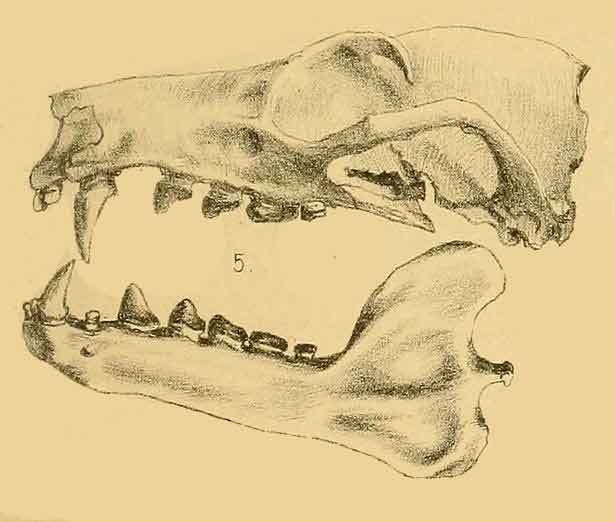Superregnum: Eukaryota
Cladus: Unikonta
Cladus: Opisthokonta
Cladus: Holozoa
Regnum: Animalia
Subregnum: Eumetazoa
Cladus: Bilateria
Cladus: Nephrozoa
Superphylum: Deuterostomia
Phylum: Chordata
Subphylum: Vertebrata
Infraphylum: Gnathostomata
Megaclassis: Osteichthyes
Cladus: Sarcopterygii
Cladus: Rhipidistia
Cladus: Tetrapodomorpha
Cladus: Eotetrapodiformes
Cladus: Elpistostegalia
Superclassis: Tetrapoda
Cladus: Reptiliomorpha
Cladus: Amniota
Cladus: Synapsida
Cladus: Eupelycosauria
Cladus: Sphenacodontia
Cladus: Sphenacodontoidea
Cladus: Therapsida
Cladus: Theriodontia
Cladus: Cynodontia
Cladus: Eucynodontia
Cladus: Probainognathia
Cladus: Prozostrodontia
Cladus: Mammaliaformes
Classis: Mammalia
Subclassis: Trechnotheria
Infraclassis: Zatheria
Supercohors: Theria
Cohors: Eutheria
Infraclassis: Placentalia
Cladus: Boreoeutheria
Superordo: Laurasiatheria
Cladus: Scrotifera
Ordo: Chiroptera
Subordo: Yinpterochiroptera
Familia: Pteropodidae
Subfamilia: Pteropodinae
Tribus: Pteropodini
Genus: Pteropus
Species: Pteropus ocularis
Name
Pteropus ocularis Peters, 1867
Type locality: Indonesia, Molucca Islands, Seram Island.
Synonyms
ceramensis Gray, 1871

Pteropus ocularis
References
Peters. 1867. Monatsberichte der Koniglich Preussischen Akademie der Wissenschaften zu Berlin, 1867: 326.
Conservation status: IUCN Red List
Distribution
Seram and Buru (Indonesia).
Vernacular names
English: Seram Flying Fox.
The Ceram fruit bat or Seram flying fox (Pteropus ocularis) is a species of megabat in the family Pteropodidae. It is endemic to the mountainous forests of two Maluku islands, Buru and Seram, including the Manusela National Park on Seram. They were once present on the nearby Ambon Island, but probably not anymore. The habitat has an area of less than 20,000 km2, and is decreasing due to logging. For this reason, and because of hunting by the local population, these species are listed as vulnerable by the IUCN since 1996.[3]
Ecological role
The Ceram fruit bat plays an important ecological role in the areas they inhabit because they act as seeds and pollen dispensers. They have been recorded interacting with 59% of forest tree species that provide an abundance of resources.[4]
References
Tsang, Susan; Mammalogy, City College of New York Department of; History), American Museum of Natural (2016-01-18). IUCN Red List of Threatened Species: Pteropus ocularis. pp. e.T18745A115145424. doi:10.2305/iucn.uk.2016-3.rlts.t18745a22085054.en.
Wilhelm Peters, 1867. Monatsb. K. Preuss. Akad. Wiss. Berlin, 1867:326.
Hutson, A.M., Helgen, K., Schlitter, D. & Suyanto, A. 2008.0. Pteropus ocularis. In: IUCN 2010. IUCN Red List of Threatened Species. Version 2010.4
Almeida, Francisca C.; Giannini, Norberto P.; Simmons, Nancy B.; Helgen, Kristofer M. (2014-08-01). "Each flying fox on its own branch: A phylogenetic tree for Pteropus and related genera (Chiroptera: Pteropodidae)". Molecular Phylogenetics and Evolution. 77: 83–95. doi:10.1016/j.ympev.2014.03.009. hdl:11336/12485. ISSN 1055-7903. PMID 24662680.
Retrieved from "http://en.wikipedia.org/"
All text is available under the terms of the GNU Free Documentation License

